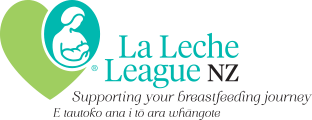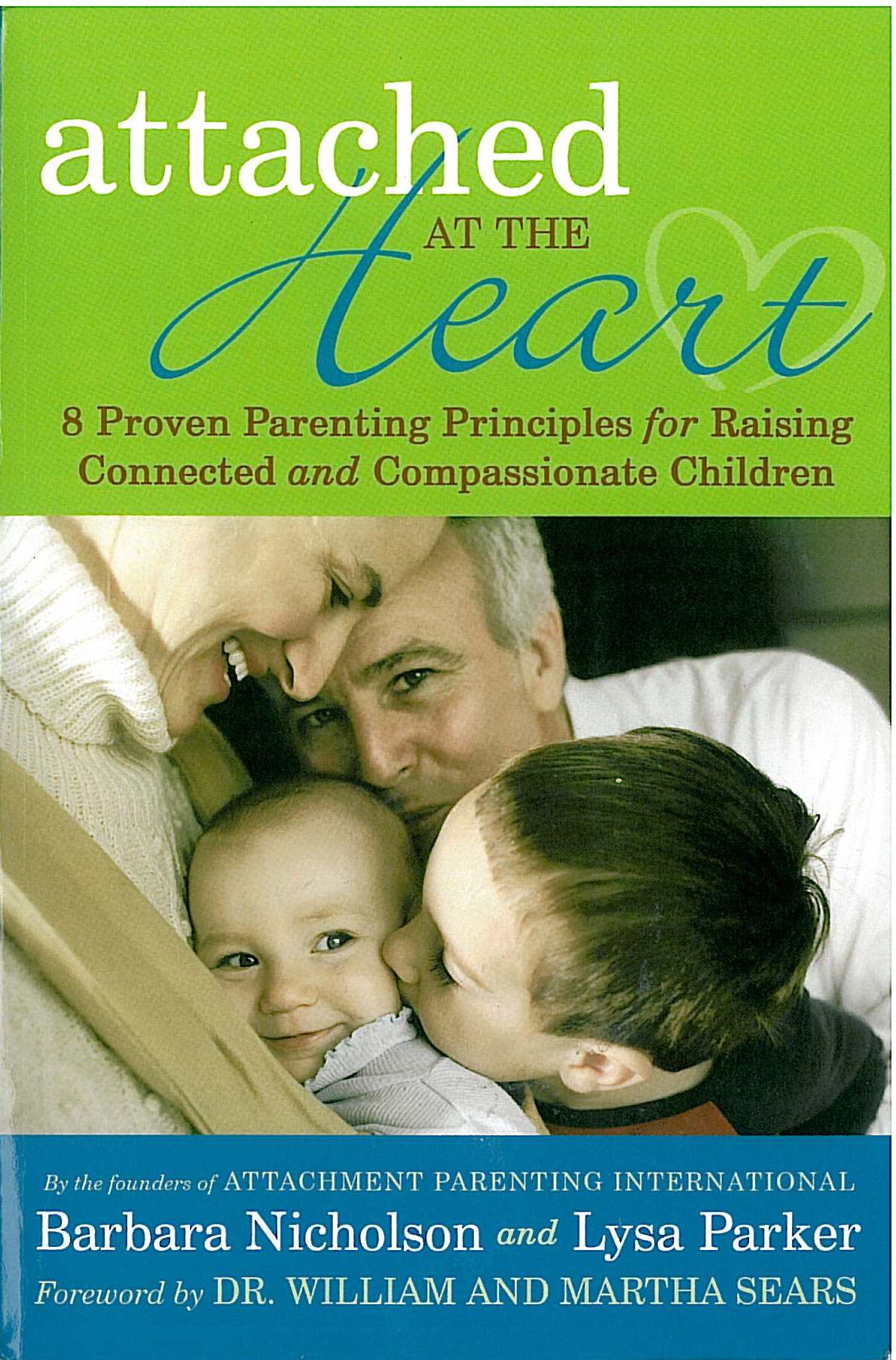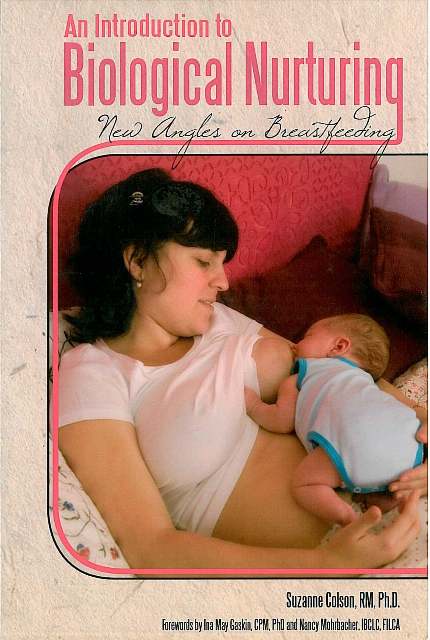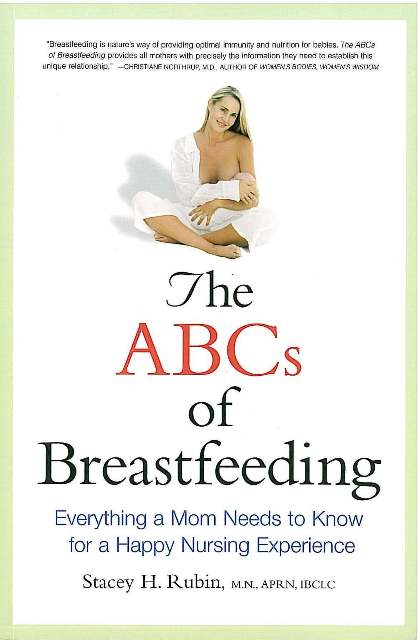Attached at the Heart
Attached at the Heart is written by the co-founders of Attachment Parenting International (API),
who began their parenting with LLL and first learned about attachment parenting from the books
of William Sears. Thus the book is an excellent fit with LLL philosophy. It not only discusses
breastfeeding as the optimal feeding method for babies, but also talks about breastfeeding in the
context of developing healthy relationships and becoming attuned to our babies by responding to
feeding cues and being in close physical proximity. Weaning ‘gradually, with love’ is encouraged.
Starting solids is mentioned, along with LLL philosophy – almost word for word – of nutritious food
being in as close to its natural state as possible. The chapter on positive discipline fits with LLL
philosophy around loving guidance.
It covers API’s Eight Principles of Parenting:
1. Prepare yourself for pregnancy, birth and parenting
2. Feed with love and respect
3. Respond with sensitivity
4. Use nurturing touch
5. Ensure safe sleep – physically and emotionally
6. Provide consistent, loving care
7. Practice positive discipline
8. Strive for balance in your personal and family life.
One reviewer mentioned Chapters 7 and 8 in particular. In Chapter 7 the authors list their top 25
tips (pp 225-240) for practising positive discipline. This list is extensive, understandable and
practical. Many families will also appreciate Chapter 8, ‘Strive for Balance in your personal and
family life’. We know that many well meaning friends or family may recommend separation from
our babies as a healthy choice for ‘me time’. This chapter offers much support for our style of
parenting while respecting the needs of our children and again offers many practical ideas. There
is also a section on the myths and facts about attachment parenting and Appendix B is a list of 12
questions for parental self-reflection. This is a wonderful tool for assisting parents to really
understand themselves and their behaviours and is highly recommended to all parents-to-be.
The book is written in an easy-to-read style. It has extensive references and a long list of
recommended reading, including many familiar books from our Group Libraries. It is highly
recommended by both reviewers for inclusion in Group Libraries and could also be of interest to
health professionals. Barbara Nicholson and Lysa Parker have done a beautiful job of articulating
the philosophy, offering practical suggestions and encouraging us to connect with our own hearts
while trusting our instincts as parents.
Original review, printed in Aroha Volume 13 Number 6
Attached at the Heart – 8 Proven Principles for Raising Connected and Compassionate Children
Barbara Nicolson and Lysa Parker
iUniverse.com, USA 2009
Reviewed by Donna Henderson and Connor Kelly
Combined review by Rosemary Gordon, LLLNZ Book Review Convenor



